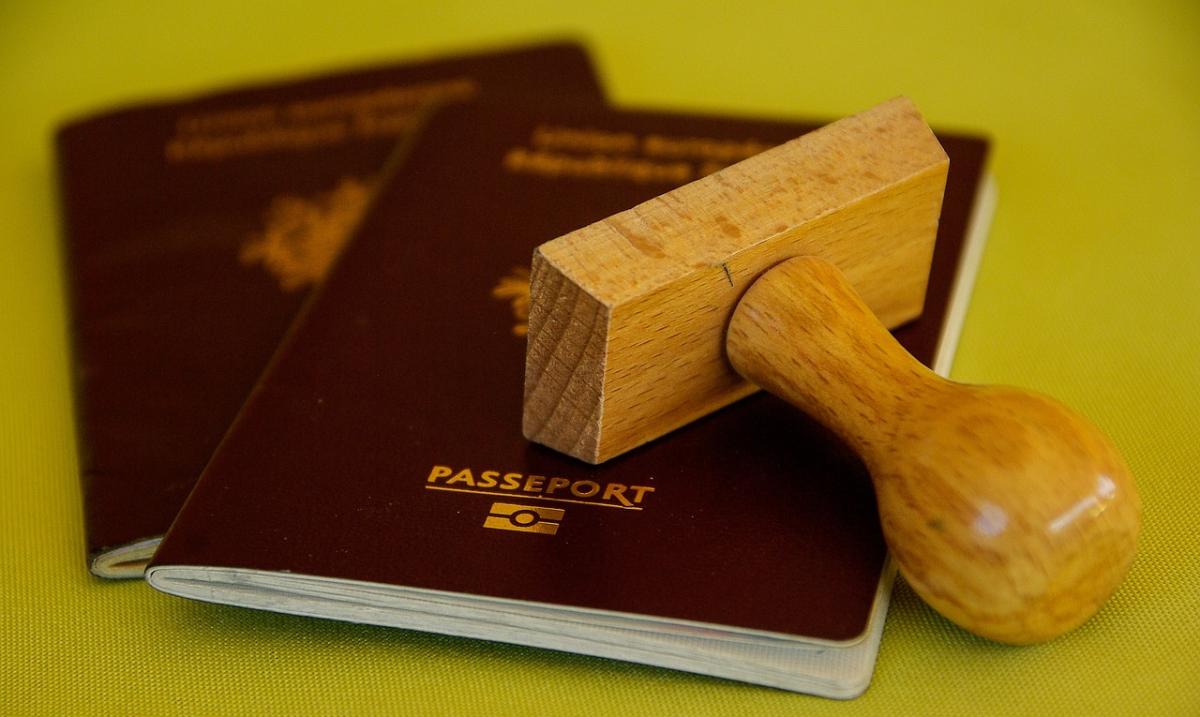When planning your travels, it's essential to understand the entry visa requirements for your destination. Each country has its own regulations regarding who can enter and under what conditions. This can vary based on your nationality, the purpose of your visit, and the length of your stay. Therefore, a little research ahead of time can save you a lot of hassle at the airport.
To start, visit the official government website of the country you plan to visit. These sites typically offer the most accurate and up-to-date information about visa requirements. You'll find details on whether you need a visa at all, or if you can enter visa-free for a short period. Make sure to check if there are specific requirements, such as passport validity or required travel documents.
Additionally, it’s helpful to consider the type of visa you may need. There are usually different categories like tourist visas, business visas, or student visas. The purpose of your visit will dictate which visa type is appropriate. Be mindful that some visas require an application well in advance, so it’s best to give yourself plenty of time to prepare.
Lastly, don't forget to stay updated on any travel advisories or restrictions that may be in place due to health or safety concerns. Countries sometimes change their entry requirements rapidly based on current events, so continuous monitoring can help ensure you are fully prepared for your trip. Understanding these entry visa requirements will make your travel experience much smoother and more enjoyable.
Simple Steps to Check Visa Status
Checking your visa status doesn't have to be complicated or stressful. By following a few simple steps, you can easily find out where your application stands and if you’re on track for your upcoming travel plans. Here are some easy methods to check your visa status.
First, visit the official website of the embassy or consulate where you submitted your visa application. Most embassies have a dedicated visa section that allows you to check your application status online. Look for a link that says "Check Visa Status" or something similar. You will likely need to enter your application reference number and some personal details like your name and date of birth.
If the online portal doesn’t provide the information you need, don’t worry! You can also check your visa status by calling the customer service line of the embassy or consulate. Make sure you have your application details handy, as the representative will ask for specific information to assist you. This direct approach can often yield quick answers.
Another great option is to check with the visa service or agency that submitted your application on your behalf. They usually have access to the latest updates and can provide you with accurate information about your visa status. This can be especially helpful if you submitted multiple applications or requested a special service.
Common Visa Types Explained
When planning your travel, understanding the different types of visas can make your journey smoother. Each visa type serves a distinct purpose, and knowing which one you need is crucial. Here, we break down some of the most common visa types to help you navigate through the requirements.
Tourist Visa: This is the most popular type of visa for travelers. A tourist visa allows you to visit a country for leisure, sightseeing, or exploration. The duration of stay varies from one country to another, but it's often valid for a specific number of days, after which you must depart. Make sure to plan your itinerary accordingly!
Business Visa: If you're traveling for work-related activities, a business visa is what you’ll need. This visa permits you to attend meetings, conferences, or trade fairs, and may allow for a more extended stay than a tourist visa. Always check the specific regulations regarding what activities are permitted under a business visa.
Student Visa: For those planning to study abroad, a student visa is essential. This visa allows international students to attend classes in a foreign country. Requirements for obtaining a student visa often include proof of enrollment in an educational institution and sufficient funds to support yourself during your studies.
Transit Visa: If you have a layover in a country before reaching your final destination, you may need a transit visa. This type of visa generally allows you to stay in the layover country for a limited time, typically just long enough to catch your connecting flight. Always check the layover rules and visa requirements when booking your travel itinerary.
Tips for a Smooth Visa Application
Embarking on a journey to a new country can be thrilling, but the visa application process can feel daunting. Here are some helpful tips to ensure a smooth application experience. First and foremost, start your application early. Visa processing times vary widely depending on the country and type of visa, so give yourself plenty of time to gather documents and respond to any requests.
Make a checklist of all required documents. Commonly needed items include your passport, application forms, proof of accommodation, and financial statements. Double-check the specific requirements for the country you’re applying to since they can vary. Having a complete and organized application will increase your chances of approval and reduce the likelihood of delays.
Pay attention to details when filling out your application. Errors or omissions can lead to rejection or delays. Review your application carefully before submission, and don’t hesitate to ask for help if you're unsure about any part of the process. Many consulates and embassies have resources available to assist applicants, so take advantage of those services.
Lastly, stay informed about the status of your application. Most visa processing centers provide tracking options, so you can keep an eye on your application. If you notice any issues or receive requests for additional information, respond promptly to avoid any setbacks. Being proactive can significantly enhance your chances of a hassle-free visa experience.



